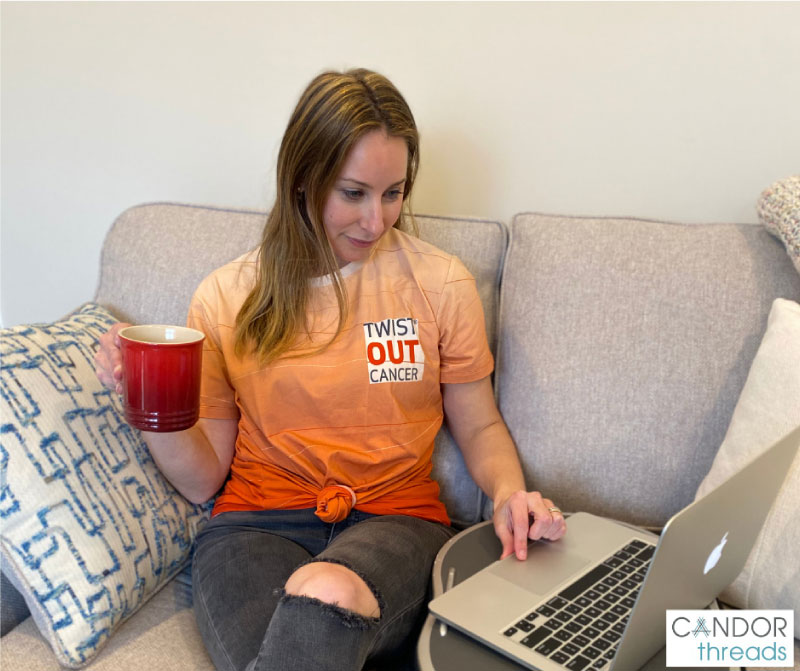What Does the Workplace Dress Code Even Mean in the New Normal?
For many of us, the button-down shirt hanging off the back of the home office chair – the “Zoom shirt” – is the current state of the workplace dress code. And for now, it does the trick.
Dressing for our new virtual offices means business on top, comfort on bottom, and you can forget about shoes. In this fetching work-from-home ensemble, you are ready for impromptu video calls and quickly addressing the disaster your kids or pets (or heaven forbid, both at the same time) are making with the kitchen trash.
But while what we actually wear day-to-day has, shall we say, relaxed, many companies have not yet adjusted their workplace dress codes to reflect reality. Well, now is as good a time as any to pull out the ol’ handbook and ask yourself: What does the dress code even mean in the new normal?
It’s a good question, so read on to dig a little deeper.
What do workplace dress codes do?
As anyone in HR will tell you, the workplace dress code is not arbitrary fashion advice. In reality, it typically performs three functions: to promote safety, to showcase the company brand to customers, and to set the tone for the workplace.
But, though requiring steel-toed boots on a job site or a clean uniform for each shift are pretty straightforward guidelines, the third function of dress codes is a little fuzzier. How does what we wear to work set the tone for our place of work?
We can see the workplace dress code as the same shortcut to three different workplace goals:
- A productive mindset. Dress for success!
- A unified company culture. We all put on [the same type of] pants one leg at a time.
- And professionalism. You can tell a lot about a person by their shoes.
But now that the actual physical space of the workplace is not what it used to be, the same old shortcut might not get us as far as it used to. So just like everything else that’s been shaken up by our unprecedented times, we have an opportunity to revisit, realign, and redefine our dress codes.
A recent history of the workplace dress code
Even before the pandemic dramatically changed the way we work, businesses have been trending more casual for several decades. In fact, the term “business casual” was more or less invented by Levi Strauss & Co. in the 90s. Even financial institutions like Goldman Sachs have relaxed their dress codes, with nary a tie in sight.
Additionally, on a consumer level, more people are recognizing the environmental impact of the fashion industry and reconsidering their purchasing habits. A wardrobe crowded with clothes that only make sense in a conference room may seem impractical and unsustainable.
And today’s employees are well beyond embracing these trends – they’ve put a number to it. A 2019 survey found that 1 in 3 employees would trade a $5k bump in their salary for an informal dress code. Our new normal has only accelerated this business wardrobe evolution.

Custom performance shirt for a cause: Twist Out Cancer
Workplace dress code: Where business goals and fashion collide
As we forge new workplaces online – or think about how we want to reconnect when we can come back together – the objectives behind workplace dress codes are front and center. So how can you foster productivity, unity, and professionalism with a relevant and realistic dress code for the new workplace?
A good place to start is to unpack what “professionalism” means in your company culture. Dressing professionally may still mean business casual, or it might simply mean dressing respectfully for the situation. Maybe that means donning the Zoom shirt for client calls but rocking a hoodie for team brainstorm sessions. One size does not have to fit all.
Another approach is to ask your team what makes them feel productive. Do the clothes they wear impact their productivity at all? You may find that your dress code has little to do with how well they get their work done – and you may gain insight into what does help.
And if you want to foster team unity through your workplace dress code, there are more ways to do that than there are suits in a CEO’s closet. Think custom-designed Aloha shirt Fridays. Or tackle the looming athleisure-in-the-workplace question head-on with branded performance wear. These are not your father’s polo with the company logo. And if you think outside of that box, you can promote attire that is comfortable and on-brand and connects your team through apparel that fits in our new normal.
Candor Threads is a custom apparel company that has been connecting groups through wearable comradery for over 38 years. If you would like to learn more about our custom apparel options, contact us today!

